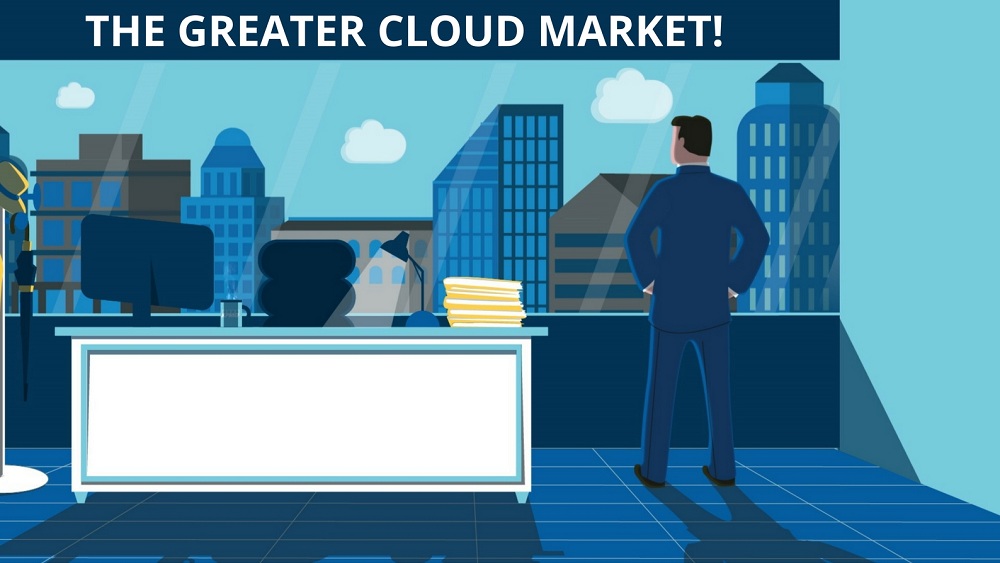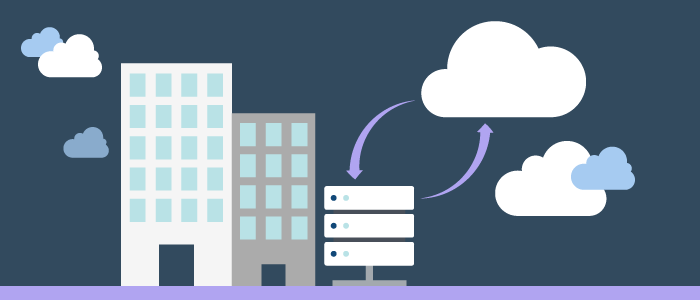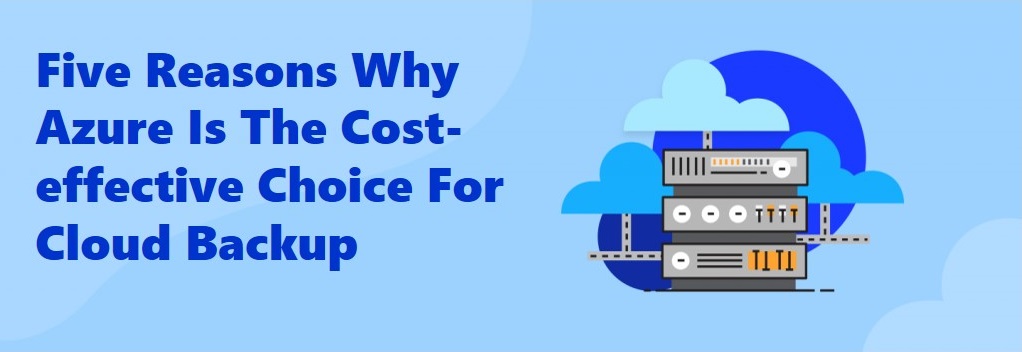Region
India
Cloud computing and adoption is growing at a very faster rate across the globe. Despite the quick fitting of cloud computing, its positive effects on business and the changing mindset of organizations, there are still a lot of myths about cloud computing that raises concerns and are creating a sense of risk among organizations.
From agility to cost savings, cloud adoption confers a lot of advantages, but, it is also difficult perceiving the fabrications that have grown up about the move. This objective of this article is to bust some of the myths around cloud adoption and make it more certain that the move to cloud is easy and less threatening.
Myth 1: Security is the biggest risk in Cloud.
Safety efforts utilized by the renowned cloud service providers are better than the on-premise security systems. Service providers have the assets and the abilities to stay up with the latest. Cloud computing is perceived as less secure, but till date, there have been very few security ruptures in the public cloud than in an on-premise data center.
Myth 2: Cloud requires more IT management.
Cloud computing might require a little more management initially, as the applications are migrated to cloud. Once the migration is done, the IT team is free from managing the software, hardware and data protection. As a matter of fact, every application migrated to cloud is a reduction in maintenance costs and management overhead.
Myth 3: Converting to any form of cloud can be quite expensive.
The cost involved around cloud adoption is the biggest concern among organizations. The key is to start incrementally, by moving one or small workloads initially followed by heavier or mission critical workloads to the cloud platform. Once an organization fully embraces cloud, it gets benefited in many forms such as lowering of IT costs, more flexibility and agility.
Myth 4: Data cannot be controlled in the cloud.
Many organizations fear the loss of control of their data, since it is in the cloud. The common falsehood that exists among them is that they lose freedom over the data in cloud. But the opposite is true. In cloud computing, businesses can access and work on their data securely from wherever they want and whenever they want.
Myth 5: Cost of cloud migration outweighs the underlying benefits.
A common misconception among organizations is that the challenges and cost involved in cloud adoption out shadows the benefits. However many cloud service providers offer a fairly simple transition process to cloud. It makes it easy for organizations interested in cloud services to simplify cloud adoption process and to realize its benefits.
Myth 6: Cloud is unreliable.
Every on-premise system will experience downtime. However in cloud computing, the data is not only confined to one location, it is also backed up in real time in many data centers. Even if the worst should happen, all the files and applications are safe and ready to be used with little to no downtime.
Myth 7: Changes and updates are difficult in cloud.
Cloud infrastructure isn’t deployed at the organization’s physical location, but rather users access all applications and data using the Internet. In a traditional on-site network, when an application or update is installed, every workstation and server has to be manually accessed. Cloud computing allows making changes efficiently, to a large number of workstations and users.
Myth 8: Cloud computing is not for mission critical use.
When cloud computing is being adopted in steps it is not at all surprising that early use cases are mainly not for mission critical systems. However different organizations have progressed beyond this. Many enterprises have been “born in the cloud” and run their businesses completely in the cloud.
In conclusion, by automating everything from request to deployment and configuration, cloud computing will bring value to the business. Don’t let the myths keep you away from cloud computing.





